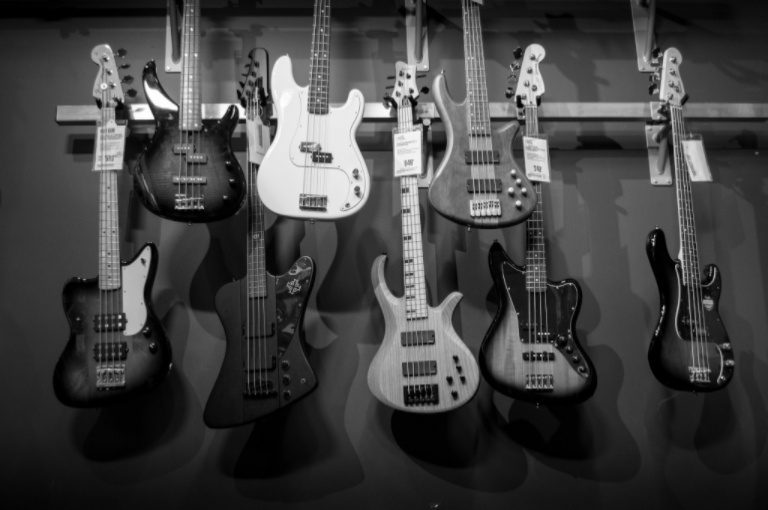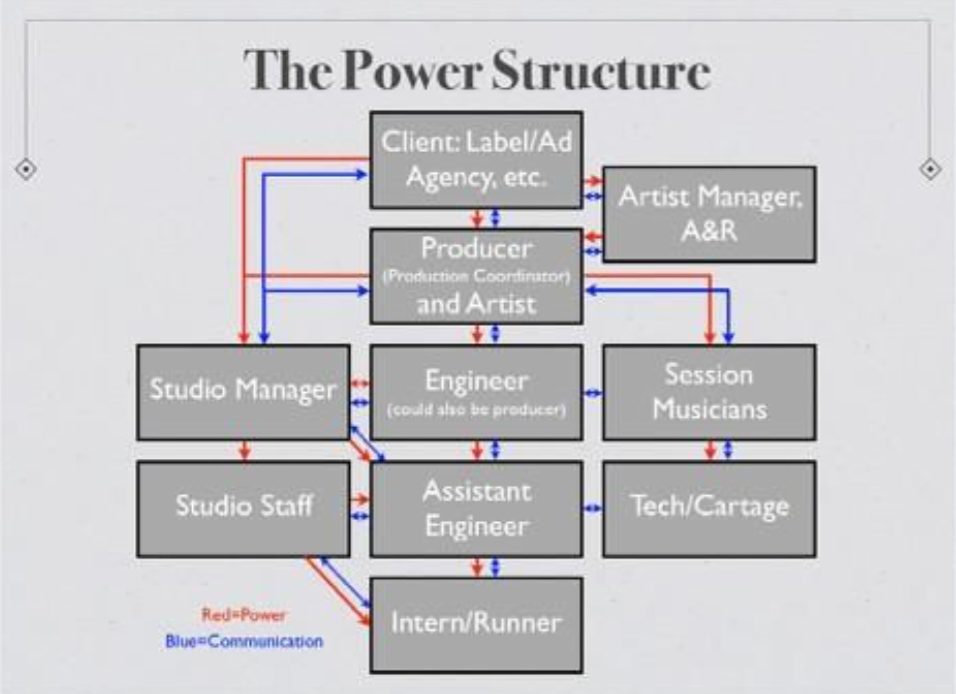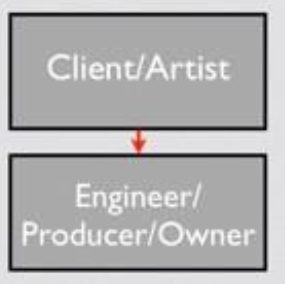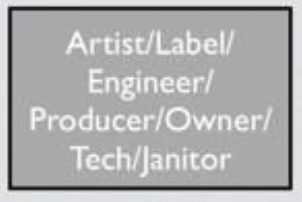
Greetings! Here at The Blackbird Academy, we teach many subjects: technology and techniques, critical listening, business skills, history, acoustics, studio design, and much more. Of these, probably the most important is studio etiquette, which I subtitle “How Not to Get Fired.” The studio recording process has so many delicate and nuanced interactions, and as in the rest of life, behavior and communication are critical. Promptness, work ethic, reliability, and a great attitude are crucial — if you don’t have them, don’t go into this field.
Given the above, we think that someone is more likely to succeed by being good with people than good at recording (though being great at both is preferred). If you can be a “good hang” and understand the hierarchy and power structure of a session, you’re more likely to get ahead and remain in the room where you can learn the rest of the process.
Of course, there are many models for what constitutes a recording studio and different vibes and social structures in recording sessions.
The power structure I’m laying out here applies to a formalized big studio session with a signed recording artist, probably the least-encountered situation these days. A recording session might likely consist of just you and your client (or even just you). Whatever the case, understanding the dynamics of a session is all-important, and the better-coordinated everyone involved is, the more smooth, efficient, and painless the process will be.
If you were to video a recording session, you might think that it is about action: playing instruments, moving faders, twirling knobs, hitting switches, etc. But those are all just the visible expressions of a much larger and extremely delicate process: interactive artistic collaboration. Whether stated or not, there is a hierarchy at work, an elaborate dance of synchronized minds, the chemistry of personalities. Outwardly people may be joking and relaxed, but don’t be fooled — the majority of the work that’s going on is unseen, highly fragile, and easily derailed. Please take a look at this diagram:
The Power Hierarchy

As indicated, the red lines outline the hierarchy — the closer to the top, the more power to make decisions and drive the process.
The client is paying the bills and has the final say. The producer can direct the engineer as to what they’re looking for. The assistant engineer and interns are there to serve and assist the engineer, etc.
The diagonal lines show that the studio manager may control the assistant engineer, since sometimes they are the only staff engineer – the engineer may be freelance. Likewise, the studio manager may direct the intern/runners directly or, as at Blackbird Studio, through a staff coordinator.
Now, examine this:
Communication Hierarchy

The blue lines indicate who communicates with whom. Generally, the person in each role communicates only with the next person up the hierarchy. The easiest way to get fired (or more commonly – not asked back – the same thing) is to go around this structure.
Of course, the assistant or intern may be approached by the artist or producer and asked to do something, and in that role, they interact. But a sure way for them to get fired is to go around the structure, voice an opinion, offer unsolicited advice, or otherwise influence the vibe and flow of a session, whether with jokes, playing people’s instruments, etc.
It’s the artist’s record, and they’re allowed to say all they want. It’s the producer’s job to have an opinion. The engineer can and should express any technical information, options, or concerns. Still, they should be very careful about offering input on any musical factors: which take they thought best, whether something’s out of tune, etc. If they’re producing, co-producing, or have that sort of relationship with the artist or producer, maybe — but it’s best to err on the side of silence, or perhaps of imperceptibly handing notes to the producer.
Quite frankly, anyone below the engineer on the hierarchy should try to be neutral, invisible, and unheard in the process. It’s actually bad etiquette for an artist or producer to put an intern or assistant on the spot by asking their opinion, and we try to prepare our graduates with clever ways of deflecting such inquiries.
Of course, there is a wide variety of situations, many of which are considerably less regimented:

And these days, it could even be this very simple structure:

No problem, though hopefully, the goal is to fire yourself from at least one of these jobs!
Some Parting Advice
When you find yourself at the lower end of a totem pole, we don’t mean that you should be sitting around paralyzed with fear or mute with anxiety. Project a great attitude, smile, nod along with the music, and be physically and mentally present at all times. By all means, produce the recording in your head, have opinions about which take was best or how the record could be improved – but don’t voice them until you’ve reached the appropriate level on the hierarchy.
Study these charts and think about these structures and the processes that they embody. We wish you a joyful and long recording career!

Mark Rubel
Mark Rubel is the Director of Education and an instructor at The Blackbird Academy. He has taught audio, music technology, music business, and rock 'n' roll history to thousands of students since 1985. Mark has produced thousands of recordings for many artists, including Alison Krauss, Rascal Flatts, Fall Out Boy, and Ludacris.
